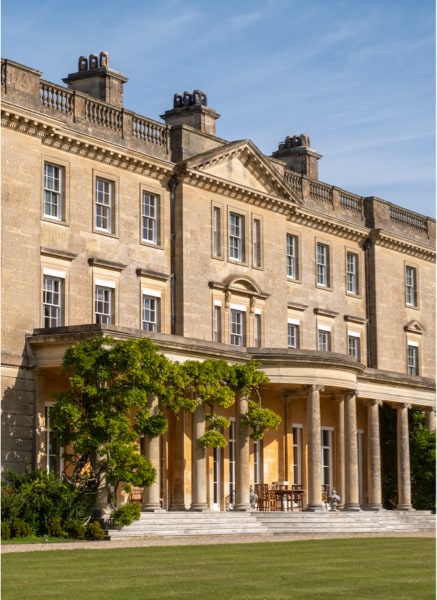The idea of using luxury assets to finance property is not a new one—we’ve previously written about using fine art and luxury cars—but you might be surprised to learn what other assets can be used to secure a loan. A luxury handbag is a coveted item for many of our fashion-forward clients, but it’s become increasingly clear investment handbags also represent a financial opportunity.
Finance Luxury Bags
It might seem whimsical, but handbags have increasingly proven themselves to be a valuable long term investment. Auction houses Christie’s and Sotheby’s have both reported selling desirable handbags for more than $100,000.
There’s even a ‘Rare Handbag Index’ which ‘tracks the value of investment-grade regularly traded handbags’, which reveals that investment handbags ‘have grown in value by 7.8% a year on average since 2004’.

So what sort of designer bags can be used to raise capital? Certain brands and makes have an appeal that transcends current fashions; these bags are the most valuable assets. A recent study shows that Chanel and Louis Vuitton are excellent examples of bags which can be used as investment pieces; the quilted Chanel flap handbag is a timeless piece, whilst the iconic Louis Vuitton print also makes it a good long-term investment.
Get in the Know
Subscribe to our newsletter
Undoubtedly, the most famous example is the Hermes Birkin. The Birkin bag is the ultimate status symbol, with a rich and interesting history. Hermes’ Chief Executive, Jean-Louis Dumas, sat next to model Jane Birkin on a flight in 1983. He designed the bag for her after she complained she struggled to find a suitable weekend bag. In the years since, it has become one of the most desirable bags in the world.
Every Birkin is handmade in France by artisanal craftsmen, taking many hours to complete. The waiting list is long and the bags are notoriously hard to get hold of. This scarcity has made the Birkin one of the most exclusive handbags in the world. It also takes the title for the most expensive bag ever sold at auction; last year, a crocodile Birkin sold for £208,175.

Investment Handbags
If you have a luxury handbag you’d like to use to raise capital, a variety of factors will affect what you can achieve, such as brand, model, material and the bag’s condition. The bag’s original receipt/papers and a dust cover will also increase the value. If you have investment handbags you’d like to use to secure finance, it’s imperative to keep them covered, out of the sunlight, and stuffed with tissue to keep their shape.
Unless you have an exceedingly rare and valuable handbag, it is likely you may need a handbag ‘collection’ to use as security for loan. However, as quirky as it may seem, handbags are increasingly becoming like artwork in that older, prestigious handbags will hold their worth and could be a valuable appreciating asset.
Practical Tips for Maintaining Handbag Value
Preserving the value of investment-grade handbags requires meticulous care and attention to detail. A poorly maintained handbag can lose a significant portion of its value, while a well-preserved piece can appreciate over time. Here are some essential tips to ensure your handbags remain in optimal condition:
- Store Properly: Always store handbags in their original dust bags and boxes to protect them from dust, sunlight, and environmental damage. Use acid-free tissue paper to maintain their shape. Avoid hanging bags by their handles to prevent wear.
- Control the Environment: Keep handbags in a cool, dry place with stable humidity levels. Extreme temperatures or excess moisture can damage leather and exotic skins.
- Avoid Overuse: While handbags are designed to be used, regular wear and tear can devalue them. Consider rotating your collection to reduce usage of any single piece.
- Professional Cleaning and Maintenance: Engage a specialist for regular cleaning and restoration, especially for delicate or exotic materials. Avoid DIY cleaning methods that may harm the bag’s finish.
- Preserve Original Accessories: Retain all original components, such as receipts, certificates of authenticity, locks, keys, and protective hardware covers.
- Document Provenance: Keep a record of the handbag’s purchase details and any relevant appraisals. This documentation adds credibility during resale or when using the bag as collateral.
- Avoid Exposure to Chemicals: Perfumes, lotions, and cleaning products can stain or discolour handbags.
By following these steps, you can maximise your handbag’s value, ensuring it remains a viable asset for financing or future resale.
How Enness Can Help
With our extensive experience of dealing with high net worth clients and luxury assets, we can confidently advise you on how you could use a handbag or handbag collection to finance property. Although this is an unusual request, we have access to a wide range of specialist lenders and therefore can help you arrange this. Contact us today for a further discussion.





